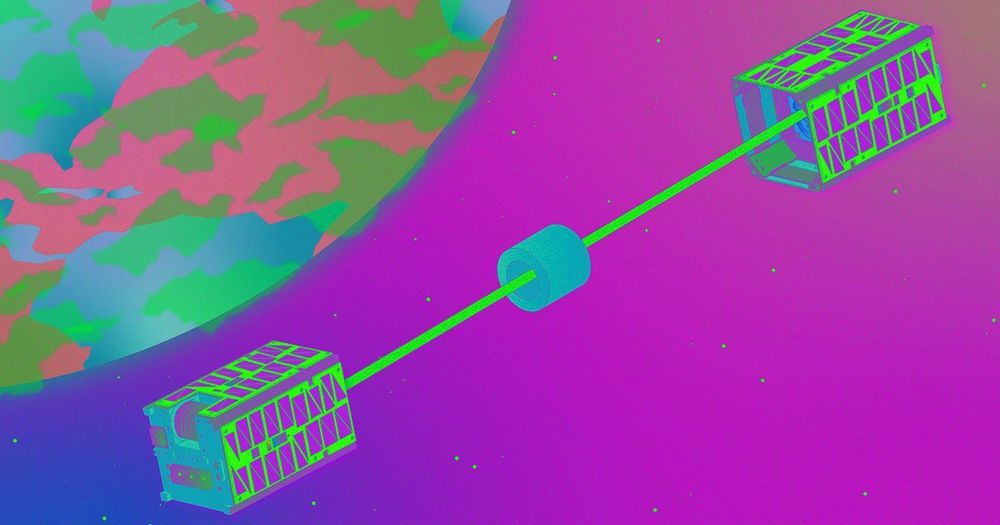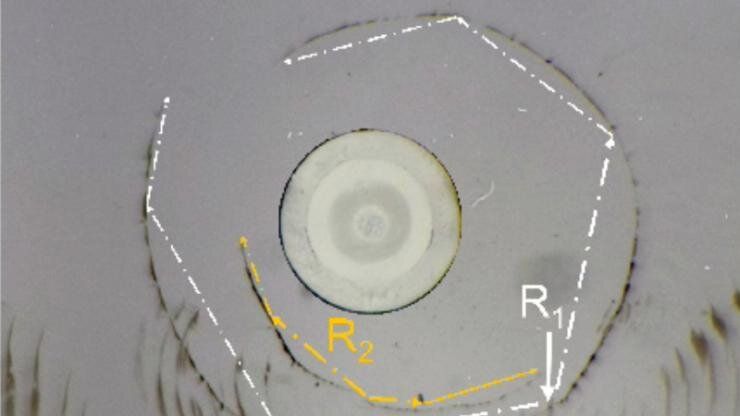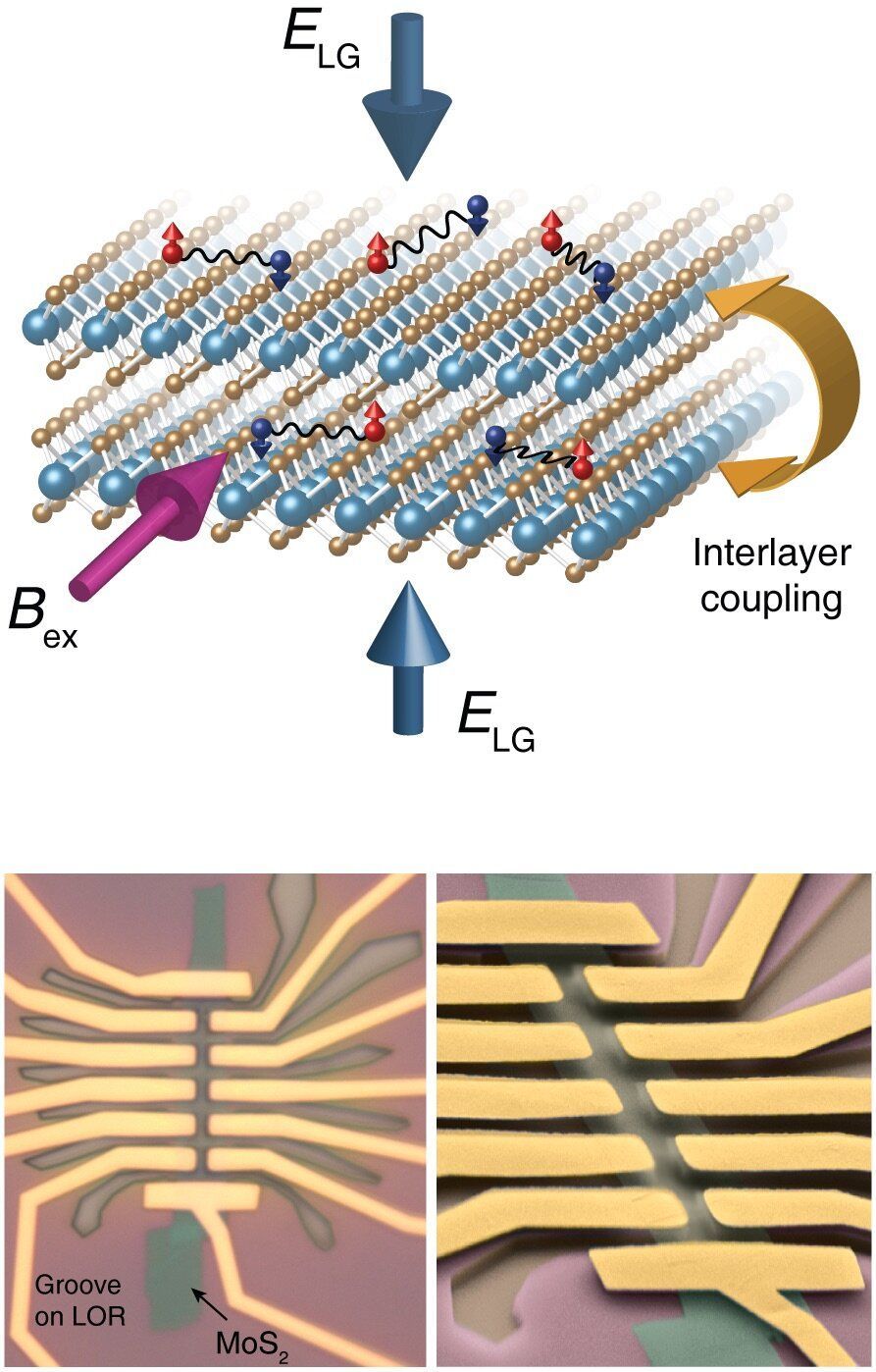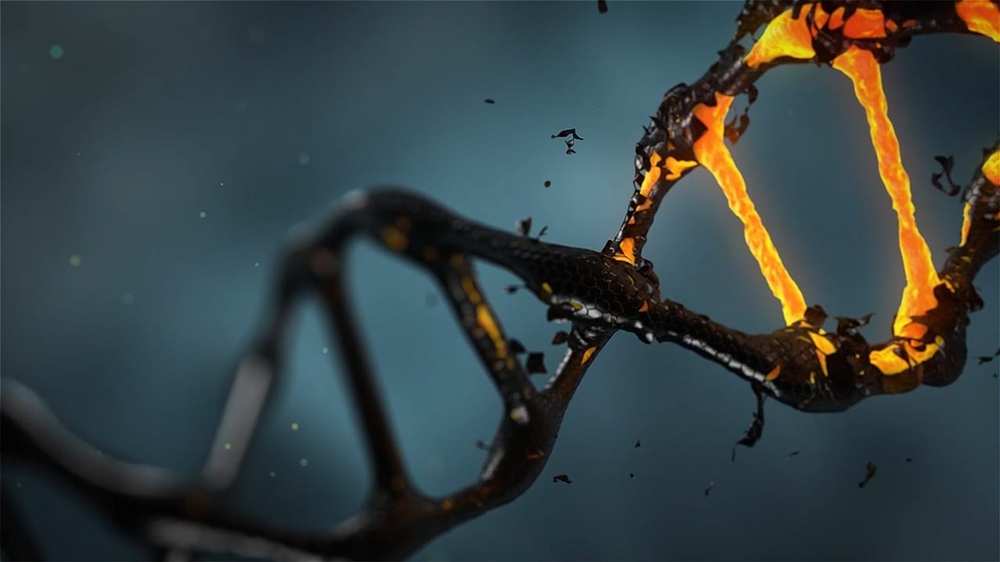Page 7364
The second objective is propulsion. This is achieved by emitting pulsed cathode rays out of one end of the craft tuned to the rate of change of jet stream particles surrounding the bubble. At the other end of the craft, cations are emitted at the same rate of change. This creates a push/pull effect, doubling the ship’s acceleration and velocity capabilities.
Nov 5, 2019
Physics of windshield-cracking raindrops could demolish kidney stones
Posted by Paul Battista in category: biotech/medical
A plane has to be going pretty fast for a mere raindrop to crack its windshield, but it can happen. Now, new models of the physics behind the improbable feat may just help doctors crack kidney stones to pieces.
When supersonic jets were first being developed for commercial use in the 1960s, researchers discovered a curious phenomenon that sometimes occurs on test flights through rainforests. Even though raindrops weigh almost nothing, they are capable of creating ring-shaped cracks in the jets’ substantial windshields.
Although scientists initially had difficulty explaining this curiosity, Professors Frank Philip Bowden and John Field of the University of Cambridge eventually recognized surface waves as the culprits. Because surface waves spread in only two dimensions, they pack a much more powerful punch than their three-dimensional counterparts. Certain details of the phenomenon, however, have remained poorly understood due to a lack of mathematics to describe it and experimental setups to validate proposed models.
Nov 5, 2019
Universe is not flat, but curved like an inflated balloon, study finds
Posted by Paul Battista in category: cosmology
For years scientists have believed our universe was as flat as a piece of paper, but new evidence has suggested it is curved like a giant inflated balloon.
A recent study analyzed data from the cosmic microwave background, the faint echo of the Big Bang, and discovered gravity seems to bend the microwaves.
O.o.
In 1947, scientists found a previously unseen particle, which is now called a neutral kaon. This work led to the discovery of elementary particles known as quarks, and ultimately to the establishment of the standard model of particle physics. From the observation of a neutral kaon to the standard model.
Nov 5, 2019
What’s Next: Vehicles driven by electromagnetic propulsion technology
Posted by Quinn Sena in categories: energy, transportation
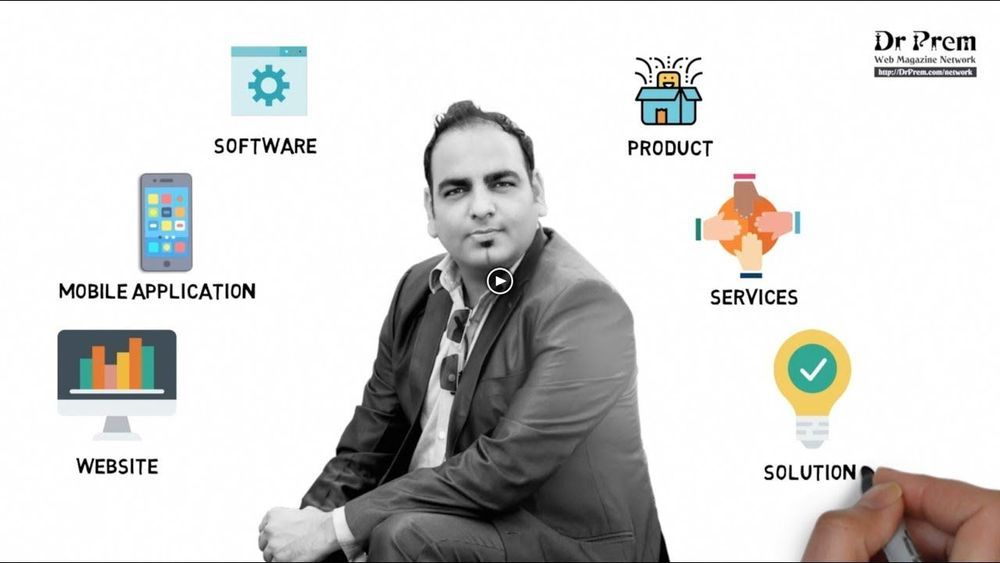
When we think about eco-friendly vehicles, most of the time we think about electric and hybrid vehicles. At other times, we might even go as far as coming up with vehicles that operate on bio, solar or wind energy. However, this is not all. There are innovations that are breaking all the barriers of thought and technology. One such innovation is electromagnetic propulsion technology. We are seeing many vehicle designs that are utilizing it. Therefore, it would be no wonder if it becomes mainstream in our distant future.
Vehicles driven by electromagnetic propulsion technology
Continue reading “What’s Next: Vehicles driven by electromagnetic propulsion technology” »
Nov 5, 2019
Suspended layers make a special superconductor
Posted by Genevieve Klien in categories: materials, particle physics
In superconducting materials, an electric current will flow without any resistance. There are quite a few practical applications of this phenomenon; however, many fundamental questions remain as yet unanswered. Associate Professor Justin Ye, head of the Device Physics of Complex Materials group at the University of Groningen, studied superconductivity in a double layer of molybdenum disulfide and discovered new superconducting states. The results were published in the journal Nature Nanotechnology on 4 November.
Superconductivity has been shown in monolayer crystals of, for example, molybdenum disulphide or tungsten disulfide that have a thickness of just three atoms. “In both monolayers, there is a special type of superconductivity in which an internal magnetic field protects the superconducting state from external magnetic fields,” Ye explains. Normal superconductivity disappears when a large external magnetic field is applied, but this Ising superconductivity is strongly protected. Even in the strongest static magnetic field in Europe, which has a strength of 37 Tesla, the superconductivity in tungsten disulfide does not show any change. However, although it is great to have such strong protection, the next challenge is to find a way to control this protective effect, by applying an electric field.
Nov 5, 2019
CRISPR gene technology poses new moral questions
Posted by Genevieve Klien in categories: biotech/medical, ethics
Nov 5, 2019
Forget Growing Weed—Make Yeast Spit Out CBD and THC Instead
Posted by Omuterema Akhahenda in category: biotech/medical
Now researchers have turned to yeast to do something more improbable: manufacturing the cannabis compounds CBD and THC. By loading brewer’s yeast with genes from the cannabis plant, they’ve turned the miracle microbes into cannabinoid factories. It’s a clever scheme in a larger movement to methodically pick apart and recreate marijuana’s many compounds, to better understand the plant’s true potential.
Yeast gives us beer and bread. Now researchers have engineered it to do something more improbable: manufacturing the cannabis compounds CBD and THC.
Nov 5, 2019
Israeli team develops novel therapy to target advanced cancerous tumors
Posted by Omuterema Akhahenda in categories: biotech/medical, innovation
Holon-based cancer immunotherapy company Compugen disclosed encouraging preliminary results on Tuesday from its Phase 1 clinical trial for an antibody acting against a novel cancer drug target (PVRIG) in patients with advanced solid tumors.
The Nasdaq and Tel Aviv-listed company, a pioneer in predictive drug target discovery, has developed innovative computational discovery platforms to identify new drug targets and subsequently produce first-in-class therapeutics. The clinical trial of the anti-PVRIG antibody, called COM701, aimed to assess the safety of escalating doses of the therapy in patients with advanced solid tumors, but also demonstrated initial signals of anti-tumor activity in the heavily pre-treated patient population enrolled in the study.
“We are encouraged by the emerging safety profile and initial signals of anti-tumor activity of COM701,” said Compugen president and CEO Dr. Anat Cohen-Dayan.
